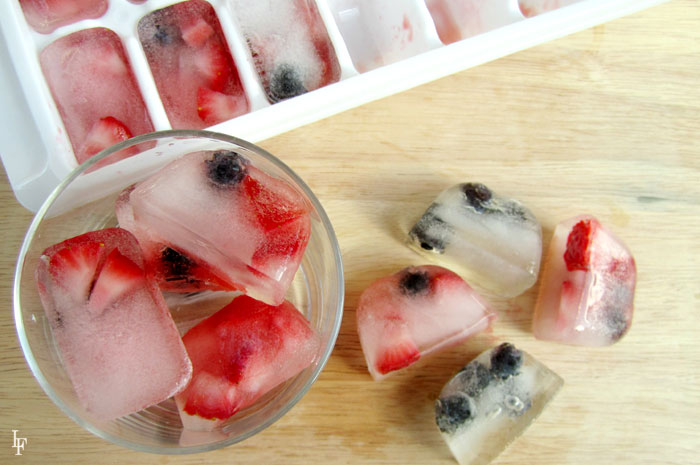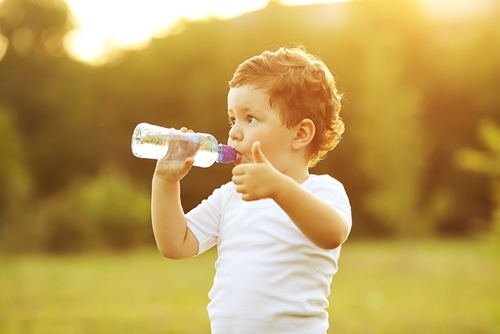Summer is typically the season associated with dehydration. With warmer weather, our bodies heat up and we sweat more visibly—and so we’re more inclined to pick up that glass of water to cool us off and quench our thirst. During cooler months, we don’t get as hot and sweat evaporates into the cold air instead of forming on the skin, which tricks us into thinking we aren’t losing fluids as rapidly. Many people don’t realize that it’s just as easy to become dehydrated in the winter as it is in the summer, and because we are less tuned into the signs of winter dehydration, it can actually be more dangerous.

Why Water Is So Essential
Your body is approximately 60% water, and despite losing fluids all day long, it needs to sustain that level of water to work properly. Water is essential to the function of our cells, tissues, and organs; it protects our brain (which is 70% water!), regulates our temperature, cushions our joints, and keeps our skin healthy. Without enough water, your heart is forced to work harder, which can decrease your energy levels and make you feel weaker or more fatigued.
It’s especially important for our kids to maintain essential fluid levels as they grow, develop, and play! Water has powerful hydration and overall health benefits without any unwanted side effects. That’s why Let’s Go! says: skip the sugary drinks and stick to the good stuff!
What Is Winter Dehydration?
Everyday life in the winter can be tough on our bodies—and especially on our necessary hydration. We move between dry heated air in our homes, to cold dry air outside, to dry heated air in buildings, and back again, all day long. We likely don’t notice all the fluids we’re losing in this process, because our sweat evaporates quickly in that cold, dry air. Not only are we actively dehydrating ourselves, but our bodies are working harder under the weight of extra winter clothing. Additionally, when we’re cold, our bodies decrease blood flow to our extremities (how about those cold hands and toes in the winter?) and increases blood flow to our core. Our brain can read this core blood and mistake it for water, which confuses our thirst triggers!
How To Keep Your Family Hydrated This Winter
Drinking water throughout the day is essential to our hydration and health all year long. For parents, come July or February, it’s important to monitor your kid’s hydration and keep them on track. Kids are likely already dehydrated by the time they tell you they’re thirsty! Use these healthy tips from Let’s Go! to keep your family hydrated:

Carry a Special Water Bottle: Pick a special water bottle—for you and your kids—and be sure to carry it around and refill all day long. Your kids can decorate the bottle with stickers or personalize it with puffy paint so they’ll feel excited to drink up!
Make Sipping Fun: Invest in a set of crazy straws or a tray that makes ice into fun shapes. Use these for fun occasions and enjoy each sip!
Add Color and Flavor—Naturally!: Add fresh or frozen fruit, like berries or orange slices, to water for a bright and delicious twist.
Eat Water-Rich Fruits and Veggies: A full glass of water won’t always work. You can also get hydration through water-rich fruits and veggies like: apples, pears, watermelon, grapes, strawberries, broccoli, celery, and cucumbers.
Allow For Easy Access: Increasing water intake (while decreasing caloric beverages like soda and juice) promotes children’s health and has a positive effect on childhood obesity. A recent report published in JAMA Pediatrics found that the installation of self-serve water dispensers in schools was followed by a small but significant decline in weight. Having water readily available at home—in a self-serve dispenser, a water filter in the refrigerator, or a stash of bottles—makes it an easy and empowering choice for our kids!

